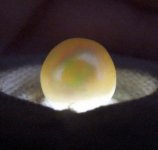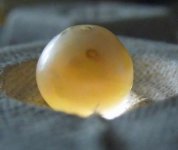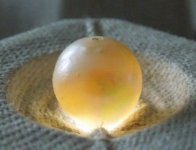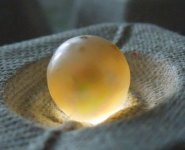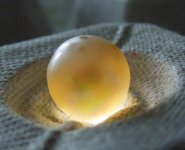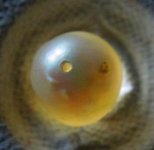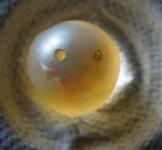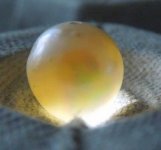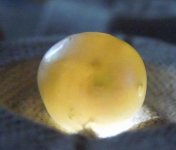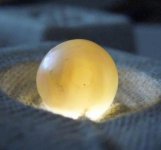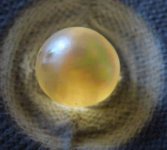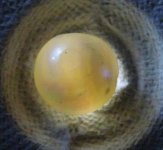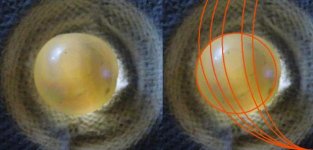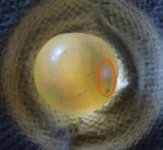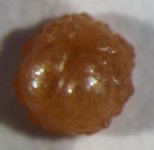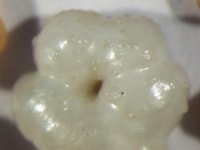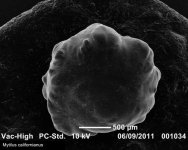I would love to hear about your process of elimination and scoring system, unless it's proprietary and you can't share those details.
There's nothing proprietary about it. I enjoy education, transparency and discovery every bit as much as new technology research and development.
Grading cultured pearls is a bit like using the differential system, because value is based on eight points. The industry calls the perfect pearl an 8 way roller. Meaning pearls that meet size, color, luster etc. roll down an inclined plane in a line within a specific tolerance. Initially, the value of any pearl is set at the maximum retail ability. Then the process of elimination demerits each point and subsequently halves the value. Seven downgrades are significantly exponential. Pairs or matched sets increase value. Unique shapes, especially those that resemble other objects can also increase value.
One can easily realize cultured pearl grading has little to do with evaluating naturals, but many of the standards will apply nonetheless. Luster and size for sure, shape surface quality not so much.
As far as identification goes, I cannot emphasize enough the importance of patterns. For example, (I realize I promised some pictures of blisters earlier... they are coming). if I see one blister, cool. I'll observe it then speculate to it's creation. If I see two or more examples of the same thing, we have a pattern. In archaeology, it's often said that 99% of the value is lost if the artifact is removed without records or anthropological assessment. The same can be said about one pearl before us, we have little or no data to base an identification. All we have, is the knowledge of other patterns and how they may or may not apply to the issue at hand.
Again, this is why I cannot overstate the importance of meticulous scrutiny in natural pearls. Most purveyors of natural pearls have never set foot on the reef, breathed from a tank, nor observed mollusks in the wild. Even among the most savvy enthusiasts, all we have is our very best guess, if you will. Pearls can be deceptive and moreover people are hugely deceptive if not woefully misinformed. I respect collectors who understand and convey that they may, on occasion be mistaken by offering no term refunds or exchanges.
That said, when one takes into account the skullduggery of illegal harvesting or knowingly selling under the guise of something it's not, natural pearl appraisals must begin from the premise that every pearl is cultured or poached. It is only after all points of those techniques are removed by the process of elimination, can we begin to assume pearls are natural and legal. Even then, unless you harvest them yourself, you'll just never know for sure.
My guru and mentor is the late Ed Ricketts, the infamous marine biologist immortalized by John Steinbeck in his book Cannery Row. Though we've enjoyed the exclusive access to the same outer shores, his philosophy of the ecology is my philosophy for pearls and pearl farming technology. Observation, speculation then replication. It's as simple as that.
One person's value, is another person's expense. I prefer to incorporate the two. While I gain value from knowledge and advancement, I lose value in labour and costs. That's why I bundle other ecological studies with my pearl work to pay the bills. It advances higher learning and allows me access to otherwise unavailable or unmarketable resources.
I find it very difficult to sell pearls for what I believe them to be worth. Irrespective of value, gifting beautiful gems to a deserving person or treating one's self are much of what it's all about and if there is a profit to be made by it, terrific. If not, there remains many rewards. This is why many pearl farmers hang on to losses or marginal gains. The ability to get out into nature and work our magic is nature's gift to us.

